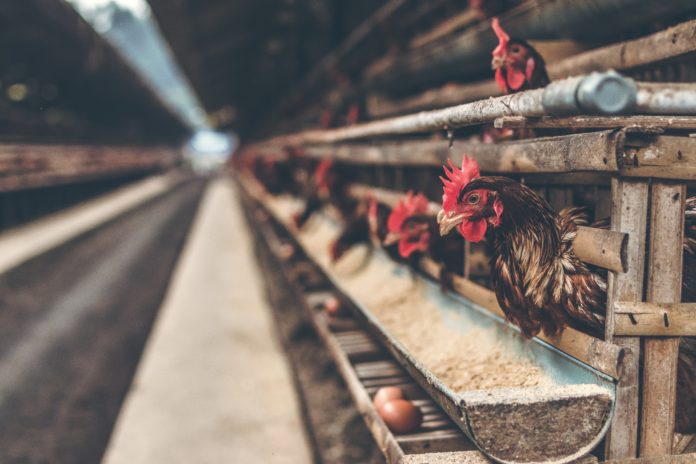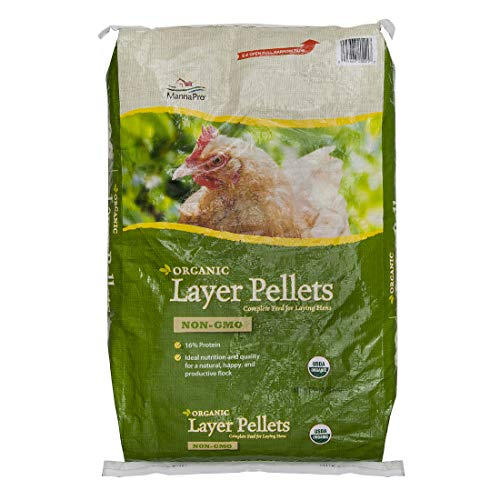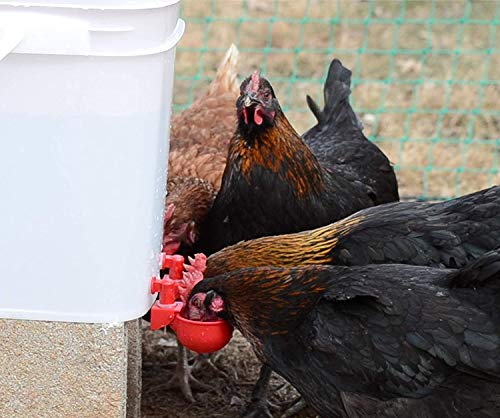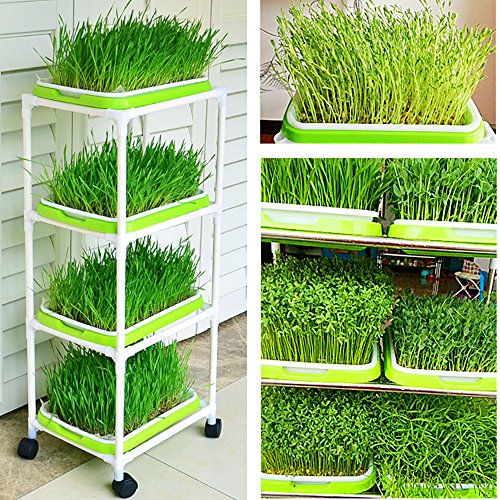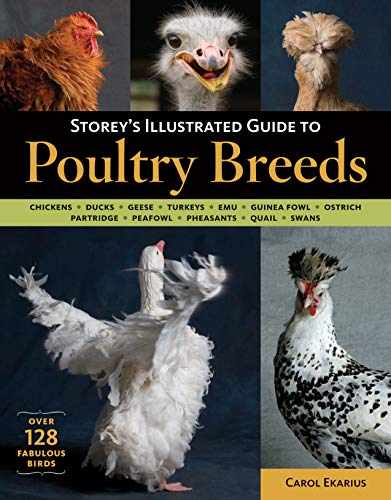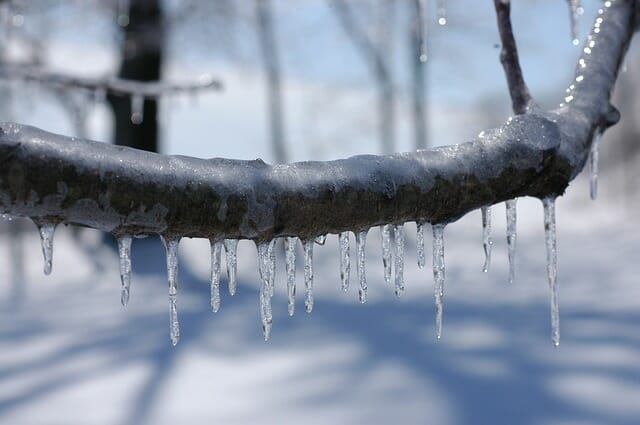If you have been rearing chickens for more than one season, possibilities are that you have realized the decrease in egg production in winter. While most chicken growers believe the decrease in egg production in winter results from low temperatures, the reality is that a decrease in sunlight is the primary factor.
Light plays a significant role in stimulating a particular hen gland in the eyes, which produces a hormone responsible for controlling egg production. The minimum amount of light that a hen should be exposed to in a day for egg production is 14 hours. That is why they start laying eggs during spring and summer when the light is more than 14 hours a day.
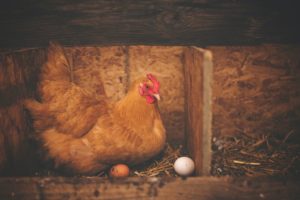
Suppose you would like to continue enjoying the same level of egg production in winter as in other seasons? Keep reading this article to the end. The article contains detailed research giving you tips on how to boost egg production during winter.
Provide enough lighting
Generally, chicken requires a minimum of 14 hours of light daily to start egg production. Getting a good amount of light during winter necessary for egg production is close to zero. However, if you want to ensure your chicken continues laying eggs in winter, consider the use of artificial light.
The use of artificial light like bulbs is common in egg incubators to facilitate their hatching process. Therefore, this technique can be used during winter to trick the hens so that it still springs to continue laying the eggs throughout winter.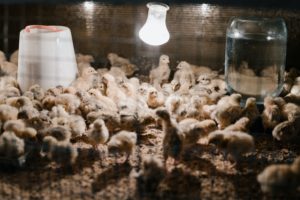
Purchase Light Bulbs for Your Chicken Coops Here
During winter, your hens must remain in their cages. This will ensure that you can effectively control the amount of light they get in a day. An extra amount of light can make a big difference. Thus, some extra hours of light in the evening will surely help in boosting egg production in the winter season. However, when going to bed, please turn off the lights to allow them some rest. The process should continue every day during winter for an excellent result.
Proper nutrition
You are probably wondering what winter has to do with nutrition? For maximum egg production, chickens require a well-balanced diet with enough calcium, calories, and protein. Poor nutrition can result in reduced egg production. If you continue feeding your chicken the same ratio of nutrients during winter as in other seasons, you are likely to experience a low egg count.
During winter, the cold makes the chicken use more calories to generate warmth. Thus, if you want to boost egg production in winter, consider increasing the protein ratio in your diet. This is because more protein is needed for the chicken to stay warm and lay eggs simultaneously.
Purchase This Protein-Rich Chicken Feed for Your Layers
During summer and spring, the diet necessary to facilitate egg-laying contains 16 percent protein. However, during winter, the protein ratio should be increased to 18 or 20 percent. A small increase in the protein ratio will increase the calorie level necessary to boost egg production.
Thus, if you wish to boost egg production in winter, consider adding a bit of protein to your diet.
Increase their drinking water
Egg production requires a lot of water. Thus, chickens tend to drink more water for metabolic processes and also for the egg. If you want to ensure continuous egg-laying throughout the year, ensure your chicken has access to an adequate amount of clean water daily.
Technically, chicken can survive with an ample supply of fluffy snow but will not lay eggs in such a water source. They therefore need clean water. The water should be kept elevated 6-8 inches high.
Get a This Automatic Chicken Water Cup Kit Here
Further, during this cold season, the water supplied should be warm. While you may use the heated water supply source, it might be unreliable for those who live off the grid. Instead, ensure a constant supply of warm water throughout the day in small quantities. Also, you can give them a single wet meal daily by mixing it with water or milk.
If you have been feeding your chicken with ice as a water source during winter, it could be the reason for their reported low egg production. A regular supply of clean, warm water for your chicken is essential in boosting egg production in winter.
Green sprouted fodder
Have you ever wondered why chickens love feeding on fresh green leaves while in the field? Fresh green fodder is full of nutrients necessary to boost chicken egg production levels. During winter, it can be tricky to grow them as the fields are covered by snow.
However, you can grow them right inside your house. You can fill Sprout Trays with gardening soil and plant the seeds. The sprout try is an excellent example of trays you can use and is available on Amazon. Alternatively, you can drill some holes into the aluminum baking tray and spread the barley seed, forming an even thin layer. Water them daily, ensuring that excess water drains off the holes.
Purchase a Sprout Tray for Your Chicken
Secondly, please place them in a warm spot with access to adequate light. The seeds will sprout and grow into a thick lawn. Once it is about four to five inches high, then peel off the hunks of the fresh barley for your chickens.
If you cannot access green fodder, try giving them alfalfa hay daily. The result will be similar, even though it might be less appealing to the chickens.
Since proper nutrition is necessary for egg production, maintaining a balanced diet can be tricky during winter. However, by using this green fodder, you will surely boost egg production in winter.
The right breed
What breed of chicken do you have? Some breeds tend to be more productive throughout the year in terms of egg production than others. The historical breed, for instance, is attractive if you are looking to feed your family at the end of the day. However, modern compact-bodied commercial hybrid chickens are known to be the best when it comes to egg production.
Get a Poultry Breed Guide Here – Know What's Right for Your Needs
Thus, if the chickens you have are not great egg layers during winter, the possibilities are that you have a less productive breed. Consider changing into a highly productive breed like, white leghorns or Rhode Island Red.
Mix different Ages
Usually, most chicken breeds start egg-laying between the ages of six to eighteen months. Between eighteen and twenty-four months, they will naturally stop laying eggs. They use this period to molt and replenish their feathers.
In the next two to three years, it will decrease slightly. However, as the chicken ages, egg production will decrease drastically.
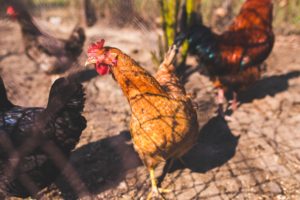
If you want to ensure egg production throughout the year, consider having chickens of different ages. This will ensure that when some take a break to molt, others are constantly laying the eggs.
Consider the above six points if you have been struggling to boost egg production in winter.






